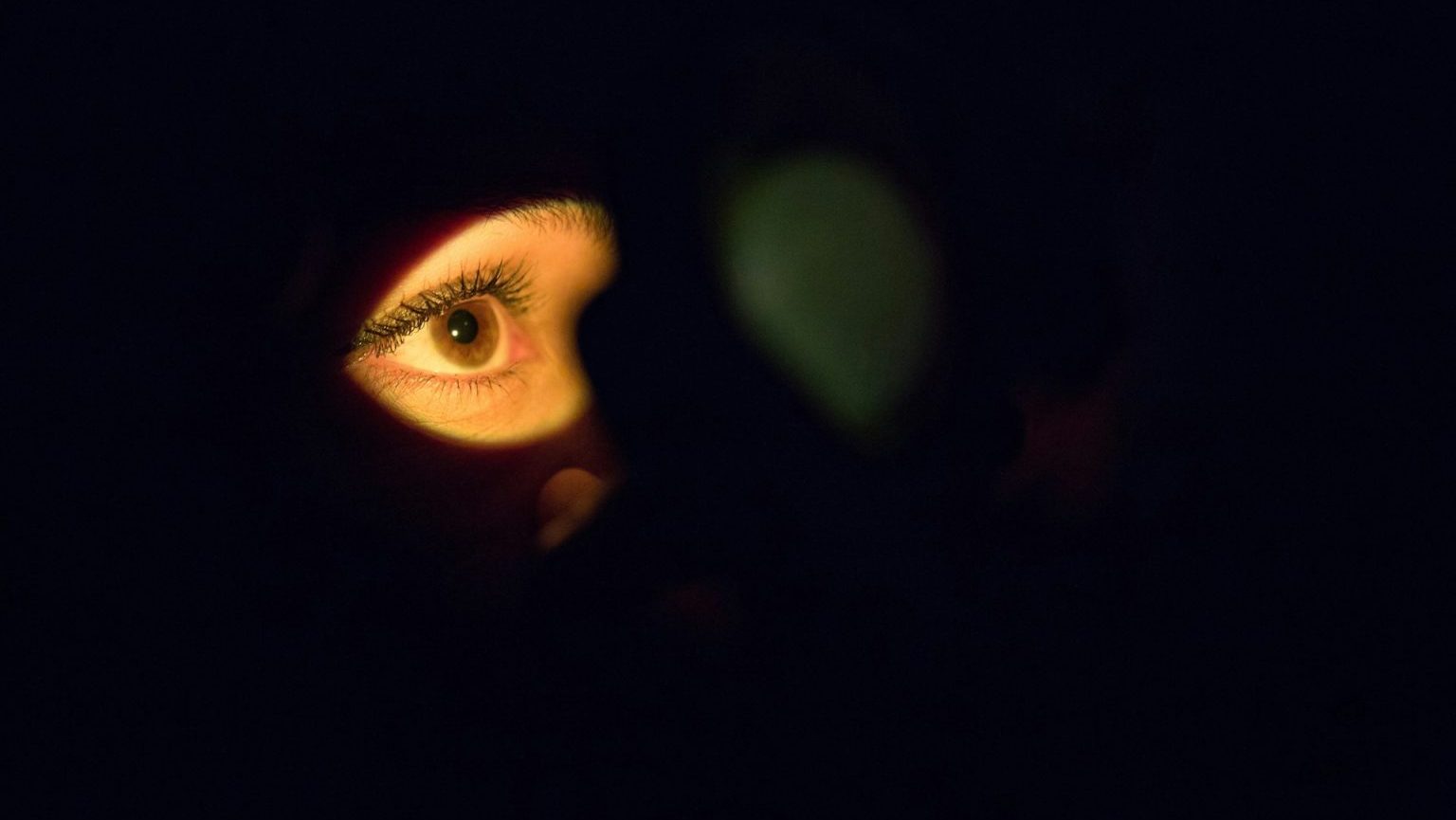3D Movies Don’t Cause Dizziness, It’s All in Your Head

I avoid going to see a 3D movie whenever I can. It’s not just because I want to avoid paying up the nose to see a movie for double the price; it’s also because 3D movies give me a headache. Yet, scientists are baffled by this condition and many other reported ailments resulting from watching 3D content.
Jenny Read, reader in vision science at Newcastle University, writes for The Conversation:
“It’s true that badly made 3D effects can cause discomfort. However, makers of 3D content are well aware of the possible issues and work hard to avoid them.”
But little research has been done to assess why some may feel headaches, fatigue, motion sickness, and eye strain after watching 3D content. So, Read decided to conduct her own study.
The study consisted of 433 volunteers, ranging from age 4 to 82 years. They were asked to watch the film Toy Story on either a 2D or 3D TV. The 3D group was also split up with some watching with active or passive technology. Before the study even began the researchers made sure each participant had their vision assessed to rule out any underlying medical problems. Also, researchers conducted objective tests in balance and eye-hand coordination before and after they viewed the movie.
“We argued that, if viewing 3D made participants dizzy, they would take longer to complete the obstacle course, and/or the accelerometers would show that their body movements were less stable. If it affected their vision, they would take longer to complete the ‘buzz the wire’ game, and/or make more mistakes.”
By the end of the movie, Read writes:
“On our objective tests of balance and coordination, we couldn’t detect any effects of 3D at all. Not surprisingly, people tended to perform a little better the second time round.”
Even though these objective tests showed no evidence of adverse effects from viewing a 3D movie, participants still reported “headache and eyestrain,” with some cases including “dizziness or nausea.” So, the researchers played a little trick, giving some of the participants 3D glasses, and letting them believe they were watching a 3D film, when they were actually shown a 2D film. Clever.
The result:
“These people reported dizziness at about the same rate (3 percent) as those viewing real 3D. In contrast, people viewing real 3D were much more likely to report headache or eyestrain (around 10 percent) than people who just thought they were viewing 3D.”
So, can controlled 3D content give you a headache? Yes. Dizziness? That might just be all in your head.
Of course, if people believe they’re getting headaches now, we wonder what the future holds. Jason Silva, Emmy-nominated host of National Geographic Channel’s series Brain Games, explains what virtual reality will look like when it reaches its full potential.
Imagine instead of writing a poem or painting a picture to express yourself, you construct an entire world in virtual reality and invite others in to make an intimate assessment of who you are and what you project to be. Silva says it blows his mind to imagine “the new spaces of intimacy that will be made possible when you can invite your lover or your friend into your world.”
Read the full discussion over at The Conversation.
Photo Credit: JOHN MACDOUGALL / Getty





